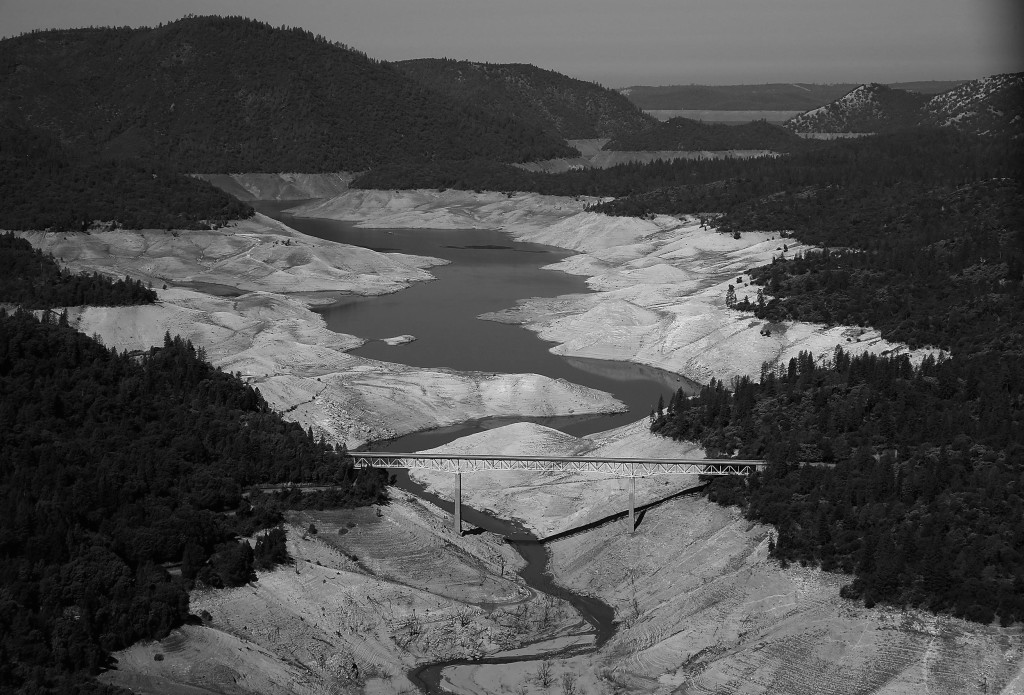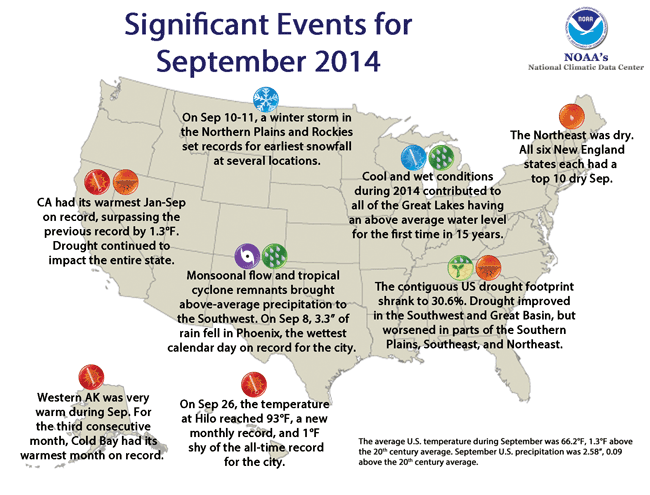 I DROVE UP TO RENO ON FRIDAY AND RETURNED SUNDAY, a quick visit to see my friend Barbara. She lives in West Reno, up on the hill above the city, with a spectacular view of the city. My Scotties love Reno with all the accompanying wild smells, scurrying and flutter of small creatures and curious jays. A favorite walk I’ve taken generations of my Scotties on is down Skyline to a small canyon with a trail that hugs the edge of a very fast-moving snow-fed creek.
I DROVE UP TO RENO ON FRIDAY AND RETURNED SUNDAY, a quick visit to see my friend Barbara. She lives in West Reno, up on the hill above the city, with a spectacular view of the city. My Scotties love Reno with all the accompanying wild smells, scurrying and flutter of small creatures and curious jays. A favorite walk I’ve taken generations of my Scotties on is down Skyline to a small canyon with a trail that hugs the edge of a very fast-moving snow-fed creek.
This time, however, for the first time in my memory, the very deep, very cold and very fast-moving creek was dried up. There was only the slightest hint of patches of snow on the Sierras along Interstate 80. At Kingvale, along the shaded south side of the highway, there was a remnant of snowfall. As I drove “down the hill” back to Benicia, the weather forecast was for a 74-degree high in Reno . . . on the 9th of November.
Back home in California, it seems that each year is becoming the hottest, driest year in our state’s history. Such a record is something I would rather not hold as a Californian — and it seems that the record for warmest year globally is to be set this year as well.
Dramatic pictures and data
 Those who have visited the Oroville and Folsom lakes know firsthand the dramatic decline in water there. Below, the Climatic Data Center shows the continuing record-breaking trends in the U.S.
Those who have visited the Oroville and Folsom lakes know firsthand the dramatic decline in water there. Below, the Climatic Data Center shows the continuing record-breaking trends in the U.S.
Get your rain barrels ready and . . .
The National Oceanic Atmospheric Administration says there are two out of three chances for a weakened El Niño that could extend into early spring 2015. An El Niño weather pattern happens when there are unusually warm ocean temperatures in the Equatorial Pacific. An El Niño could bring more rain in the “southern tier” of the U.S. If that happens, it would be a good idea to get your rain barrels ready.
What I do with my three 60-gallon rain barrels is attach a hose to each spigot and place the hoses where I want the water to really soak in. I know from experience that 180 gallons of rain barrel water is a drop in the bucket of landscaping needs for the hot months. But during whatever wet weather we get, if I can divert that water to trees and bushes it is a help to get that water to soak as deeply as possible.
Now might also be a good time to think about home energy upgrades. If our hot weather continues next year and beyond, taking steps now to mitigate energy requirements for cooling your home, heating water, refrigerating food, watering yards, etc. will bring a healthy return on your investments. I certainly have not had the need to even uncover my air conditioner for two years with my home energy upgrades — and I certainly like saving money and doing what I can to reduce my carbon footprint.
Learn more
• Artic sea ice extent: nsidc.org/news/newsroom/arctic-sea-ice-reaches-minimum-extent-2014
• El Niño: cpc.ncep.noaa.gov/products/analysis_monitoring/enso_advisory/ensodisc.html
And: pmel.noaa.gov/tao/elnino/el-nino-story.html
• National Significant Weather Events September 2014: ncdc.noaa.gov/sotc/national/2014/9
• SustainableBenicia.org for energy and water home improvements
Constance Beutel is the chair of Benicia’s Community Sustainability Commission. She is a university professor and videographer and holds a doctorate from the University of San Francisco.







Leave a Reply